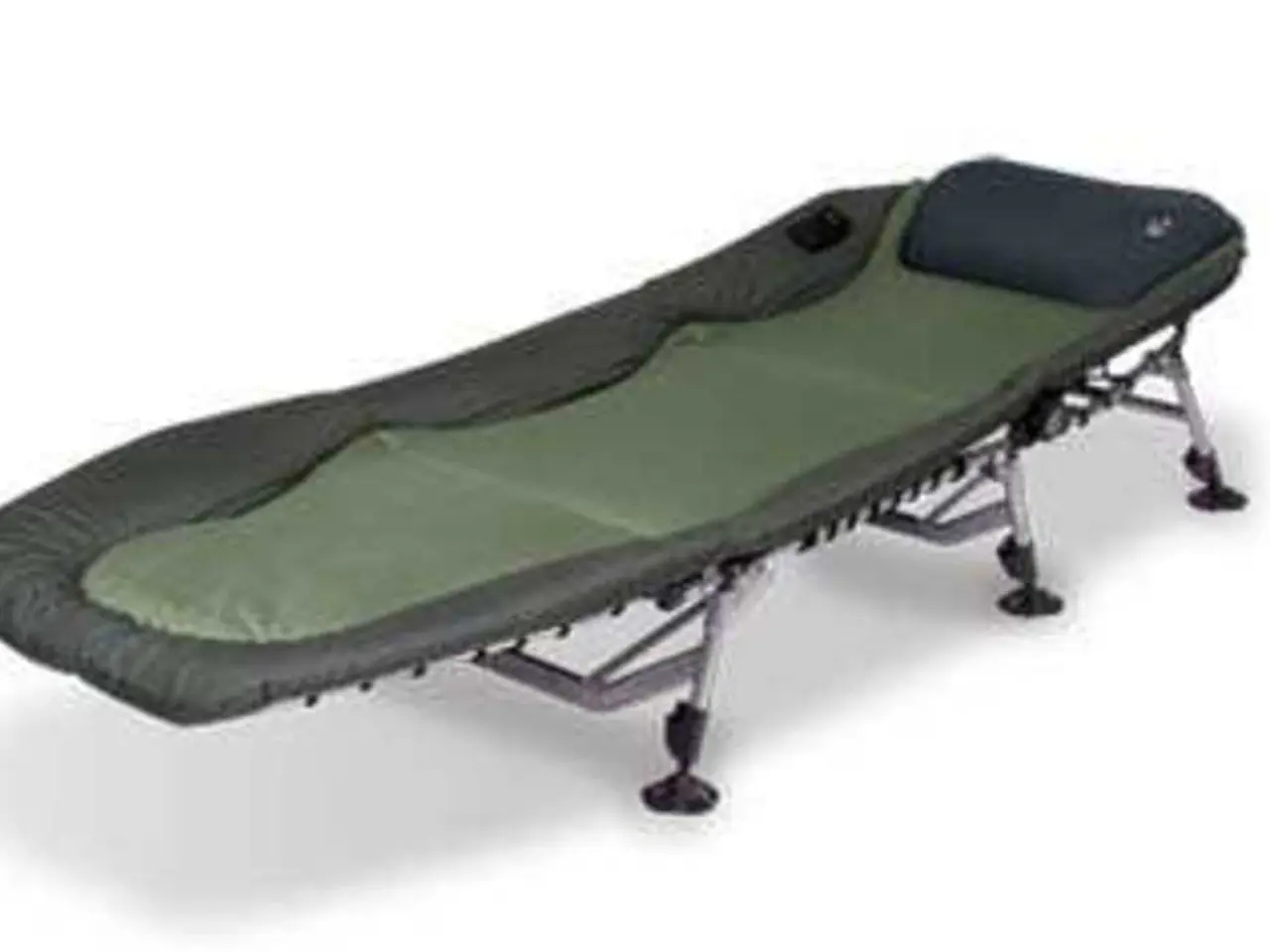Frequent Performing of Lunges Yet Struggling to Notice Improvements? A Common Cause Could Be Identified Here
For runners, knee injuries are a common issue, particularly for women, with 40% of injuries involving the knee. One of the reasons for this is knee valgus during lunging, a movement pattern that is more common in women due to a wider Q-angle, the angle between the pelvis and the center of the knee. This increased Q-angle leads to a greater tendency for the knee to cave inward during movements like lunges.
Preventing knee valgus during lunges is crucial for maintaining knee health. The key lies in strengthening the hip muscles, especially the glutes, hamstrings, and quadriceps, to improve stability and control of the knee joint.
Strengthening the Hip Muscles
Exercises like side-lying clamshells, glute bridges, and squatting with a resistance band can help strengthen the glutes and hips, thereby reducing the risk of knee valgus. These exercises target the muscles that normally stabilize the pelvis and control knee alignment.
Enhancing Neuromuscular Control
Incorporating balance, agility, plyometric, and proprioceptive training can also help enhance neuromuscular control, which reduces valgus angles and the risk of injury. These training methods improve the body's ability to react to changes in movement, reducing the likelihood of knee valgus during lunges and other single-leg tasks.
Proper Lunge Technique
Ensuring proper lunge technique is also essential. Focus on keeping your knee aligned over your toes and avoiding inward collapse during the movement. Other tips for lunging with correct form include starting static, going barefoot or wearing minimal footwear, focusing on foot pressure, checking your stance, sitting back into the movement, controlling the tempo, and watching your front knee.
Progressive Strength Training Programs
Progressive strength training programs targeting the whole lower limb kinetic chain can effectively reduce knee valgus and potentially lower injury risk. Such programs can help strengthen the muscles that work together to support the knee joint when walking or running, including the quads, hamstrings, and glutes.
In summary, the higher prevalence of knee valgus in women is related to anatomical and neuromuscular factors, chiefly a wider Q-angle and weaker hip stabilizers. Prevention strategies should emphasize targeted strengthening and neuromuscular training to improve knee stability during lunges and other single-leg tasks.
If you're experiencing knee instability, it's important to get assessed by a physio or doctor to rule out any underlying injury. Lunges are one of the best movements for preventing knee injury, as they strengthen the quads, hamstrings, and glutes, the muscles which work together to support the knee joint when walking or running.
Resistance band exercises can be beneficial for strengthening knee joints, making them a valuable addition to any knee injury prevention programme. However, it's important to remember that a bit of knee valgus is a natural part of movement and force production in some sports, but it does need to be controlled and stable.
If you're new to lunges or have previous knee pain and irritation, it's common to feel uncertain about form or feel unstable. In such cases, it's advisable to seek guidance from a fitness professional to ensure you're performing the exercises correctly and safely.
Knee valgus can be caused by various factors such as flat feet, muscle imbalances, poor ankle stability, or individual anatomy. It's more likely to occur in those who are new to the gym, have hypermobility, or are recovering from injuries like ankle sprains, ACL tears, or patellofemoral pain (runner's knee).
In conclusion, by focusing on strengthening the glutes and hips and incorporating the right training methods, you can significantly reduce the risk of knee injuries and maintain a healthier, more enjoyable running experience.
- Strengthening the glutes and hips through exercises like side-lying clamshells, glute bridges, and squatting with a resistance band can help prevent knee valgus during lunges, a common issue among runners, particularly women.
- Enhancing neuromuscular control through balance, agility, plyometric, and proprioceptive training can reduce the risk of knee valgus and injury, improving the body's ability to react to changes in movement.
- Progressive strength training programs targeting the lower limb kinetic chain can effectively reduce knee valgus and potentially lower injury risk by strengthening the muscles that support the knee joint when walking or running.
- Resistance band exercises can be beneficial for strengthening knee joints, but it's essential to remember that a bit of knee valgus is natural in some sports; controlling and maintaining stability is crucial.
- Knee valgus can be caused by factors such as flat feet, muscle imbalances, poor ankle stability, or individual anatomy, making it more likely to occur in those new to the gym, with hypermobility, or recovering from injuries like ankle sprains, ACL tears, or patellofemoral pain (runner's knee).






